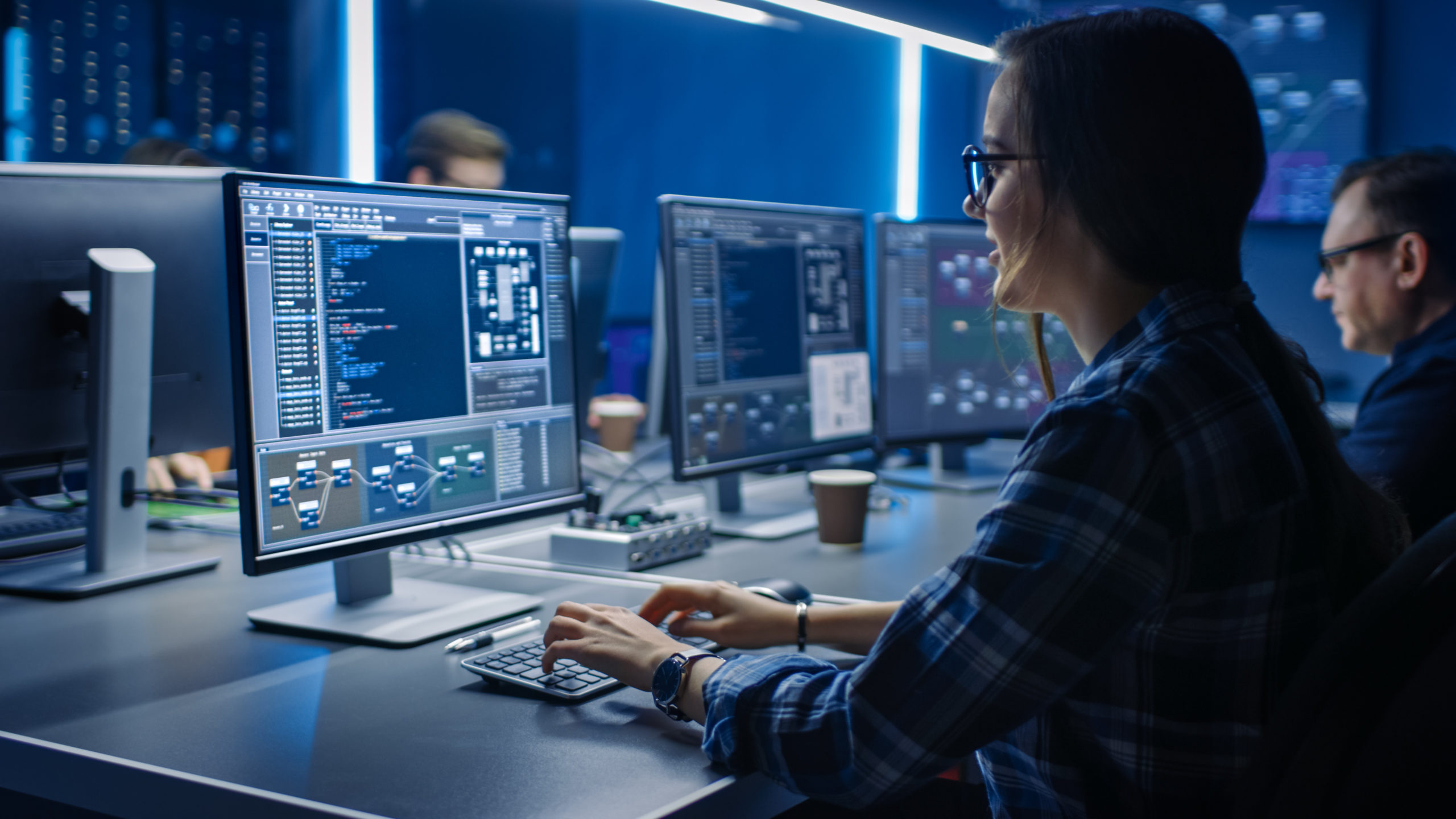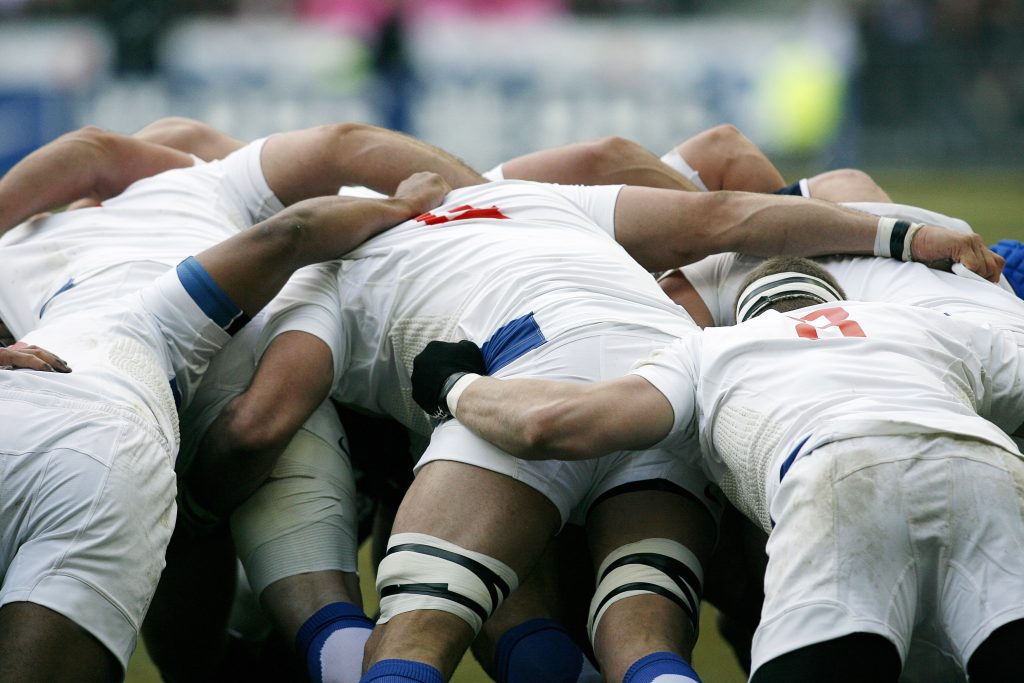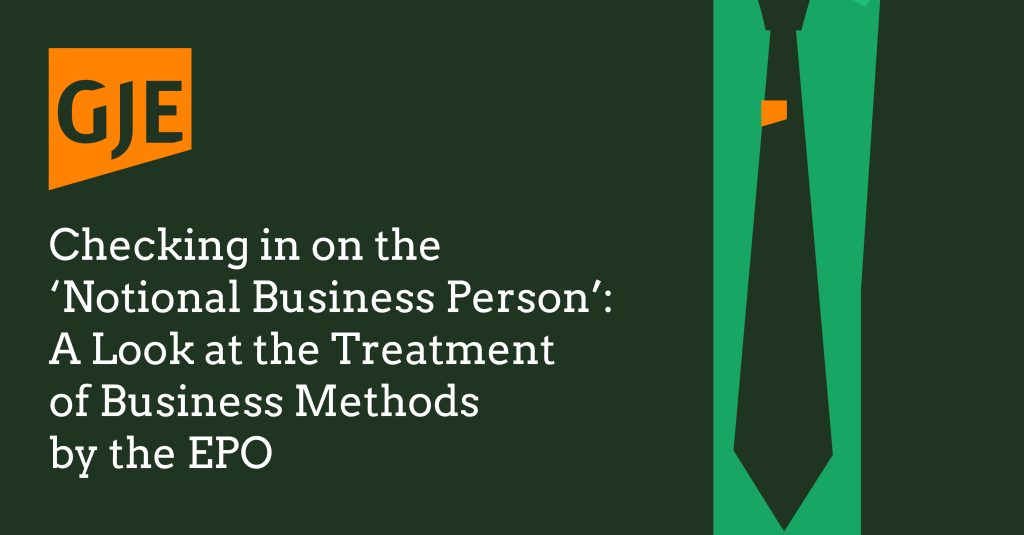
As the dust settles following the out-of-the-blue release of G1/19, we thought we would put together some notes and thoughts on what the decision will mean for applicants and practitioners — whether they are Europe-based or elsewhere.
The most welcome result from the decision will be the degree of harmonisation by the outcome. Not only the degree of harmonisation between the EPO and the UKIPO as we have reported here, but also harmonisation with the approach of the German courts and more particularly other computer implemented inventions at the EPO.
As a reminder, prior to this decision, many had concluded from T1227/05 (Infineon) that simulations were patentable if directed to an adequately defined class of technical items. In G1/19 the Enlarged Board decided this was incorrect and instead clarified that what is important is the outcome, purpose or benefit of the simulation rather than what is being simulated. The Enlarged Board determined that simulations themselves were not inherently technical. In this respect, this brings the world of simulations into line with other computer implemented inventions where software or computer programs are not themselves considered to be inherently technical but they might be for a technical purpose and are then considered to be patentable because of their use (G3/08). Such consistency and clarity should be welcomed by applicants everywhere, even if they might feel disappointed by the narrow conclusion.
It is this narrow conclusion in the specific field of simulations that will leave some a touch frustrated. A decent simulation is undoubtedly clever and many will feel that should be rewarded. The EPO have drawn a line in the sand, consistent with the approach over the last few decades in other fields and decided that a simulation is merely clever mathematics. Frustrating for those clever mathematicians.
Another group who might be frustrated are those who wanted to take the principles of T1227/05 (Infineon) and extrapolate, such as those working in AI and machine learning. It is now clear that a clever machine learning algorithm will not be patentable unless it provides a technical purpose (i.e. the prediction is used to effect a technical process) or the algorithm itself provides the technical benefit, such as improving the resource usage on a computer. Those who were hoping that G1/19 together with T1227/05 (Infineon) might signal movement from the EPO in the AI field will also be left disappointed.
In addition to providing clarity on the specific outcomes, G1/19 also provides more help than most were expecting (or indeed is usual) in how to analyse both simulation-based inventions and indeed other computer-implemented inventions. For example, G1/19 helpfully introduces a distinction between natural systems and technical systems. Prior to G1/19, in light of T1227/05 (Infineon), applicants may have taken the view that their simulation is technical because it simulates a real world process — e.g. atmospheric interactions in the case of a weather forecasting simulation. This sometimes made it difficult to identify the boundary between technical and non-technical inventions.

G1/19 ended this line of thinking by explaining that natural systems like the weather are non-technical because the skilled person cannot adjust them but can only model them. Additionally, G1/19 explained that technical character cannot be transferred from the simulated system to the simulation — simulations per se are non-technical. While perhaps not the result some applicants may have wanted, this does have the effect of clarifying the dividing line between patentable and non-patentable simulations. The context in which the simulation is used is now king, with the pertinent question being “is an outcome of the simulation being used in a technical context?”. If not, there is no patentable invention from the EPO’s perspective. This distinction between natural and non-natural, with clear examples, will unquestionably be useful to practitioners and applicants moving forward.
In some cases this clarification comes at a cost — clever simulations that may have been found patentable before owing to their better modelling of the underlying system will no longer be patentable in Europe unless one can claim their use in a technical context. A possible get-out is the fact that a computational improvement might be relied upon to patent this type of simulation. G1/19 acknowledged that the software underlying a simulation can contribute to the technical character of the simulation if the software is designed based on the internal functioning of a computer, or credibly achieves some computational-type improvement such as more efficient use of memory or processing power. It should be noted here that previous decisions from the EPO boards of appeal have found that improvements in algorithmic efficiency do not qualify as technical effects.
Another thing to bear in mind is that G1/19 clearly signalled that a broken technical chain (where a human is involved in the steps to achieve the alleged result) will cause problems for a simulation. If an outcome of the simulation is reviewed by a person before a decision is taken, such as in drug discovery, then the end result cannot be relied upon to give the simulation technical character because the mental decision making performed by the user breaks the technical chain.
It is clear that there will be winners and losers from G1/19 but from what we have read and the discussions we have had, it appears that the overwhelming view is that clarity can only be a good thing. The 68 pages were worthwhile. If you would like more information on the consequences of G1/19, please contact us at gje@gje.com.
GJE Review: Simulations
GJE’s computer technology team have put together a comprehensive collection of content designed to equip your business with insight into simulations and the role intellectual property has in its development. To view the full collection, click here.




